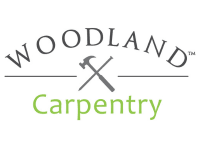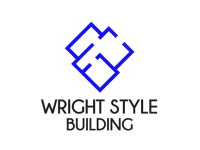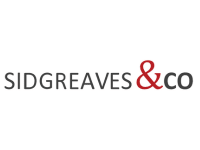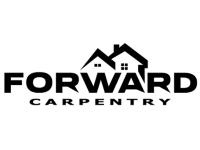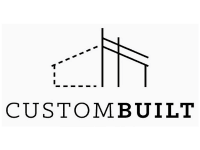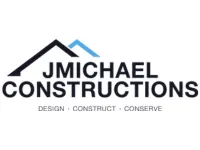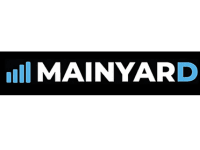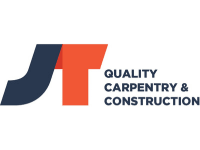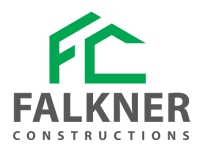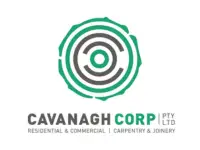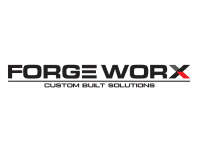Accurate cost planning in construction is the foundation of every successful project. In Australia, where material prices, labour rates, and compliance requirements vary significantly across regions, accurate cost planning ensures projects are delivered on time, within budget, and with minimal risks. Without it, builders face budget overruns, project delays, and dissatisfied clients.
This comprehensive guide delves into the key steps, tools, and strategies for accurate cost planning in construction, offering actionable insights for Australian builders. Whether you’re managing projects in bustling urban centers like Sydney or tackling challenges in remote rural Queensland, these principles will set your construction projects on a clear path to success. Accurate cost planning in construction ensures projects are delivered on time, within budget, and with minimal risks. For a broader overview of estimating practices, visit our complete guide to Construction Estimating in Australia.
Key Steps in Accurate Cost Planning in Construction
Accurate cost planning in construction requires a methodical approach to ensure every aspect of the project is accounted for. Builders can avoid costly surprises and ensure smooth execution by following these essential steps:
1. Collecting Data for Accurate Cost Planning in Construction
To create an effective cost plan, builders need to collect detailed and precise data about the project.
Material Requirements:
- Start with a comprehensive quantity takeoff. Identify not just the types of materials needed but the specific quantities and delivery timelines.
- Example: A contractor in Brisbane avoided delays by pre-ordering concrete in bulk and coordinating phased deliveries, ensuring a steady workflow.
Labour Costs:
- Assess local wage rates and the availability of skilled workers. Urban areas like Sydney often have higher labour costs compared to rural regions due to demand.
- Factor in overtime rates for tight deadlines and special allowances for remote sites.
Labour costs vary significantly between regions. Urban areas like Sydney often face higher wage rates due to demand. Learn more about urban-specific estimating challenges in our guide to Estimating Costs in Sydney.
Compliance Costs:
- Include permits, inspections, and adherence to Australian standards like BASIX and the NCC.
- Example: A project in Melbourne allocated $15,000 for energy efficiency upgrades to comply with BASIX, ensuring approval without redesign delays.
2. Using Tools to Improve Cost Planning Accuracy
Digital tools simplify cost planning, reduce human error, and integrate real-time data, giving builders a competitive edge:
CostX:
- Ideal for large projects, this tool allows builders to perform digital takeoffs directly from blueprints, saving time and improving accuracy.
- Case Study: A commercial project in Sydney cut estimating time by 20% using CostX to automate quantity takeoffs.
Cordell Cost Guides:
- Keeps builders informed of material and labour price fluctuations across Australia.
Buildsoft:
- Suited for smaller to mid-sized projects, this software breaks down costs into easily manageable categories.
Tip: Invest in training your team to maximize the potential of these tools. Teams familiar with advanced features can achieve faster, more accurate estimates.
3. Factoring Contingencies into Construction Cost Planning
Construction is unpredictable, and unforeseen events can significantly impact budgets. Preparing for the unexpected is a vital part of cost planning:
Why Contingencies Matter:
- Material price surges, weather disruptions, and changes in project scope are common risks.
- Allocate 5–10% of the total project budget to cover these uncertainties.
Example: A residential builder in Perth included an 8% contingency fund in their budget, which covered unexpected transportation costs when a supplier faced delays.
Adjusting Contingencies:
- Reassess and revise contingency allocations as the project progresses. Early-stage contingencies may focus on materials, while later adjustments might address labour challenges.
The Human Side of Cost Planning
Construction isn’t just about materials and numbers—it’s about people, their expertise, and the relationships that drive success. Cost planning, while rooted in data and calculations, has a deeply human side that often determines whether a project thrives or falters.
A Tale of Two Builders
In Northern Queensland, a builder embarks on a large-scale residential project. Initial budgets look promising, but unexpected transport delays caused by seasonal flooding disrupt material deliveries. Costs balloon as alternative routes are arranged, and frustrated workers wait idly. With no contingency fund or flexible cost plan, the builder’s profit margins shrink, and the project timeline stretches.
Meanwhile, a builder in Sydney begins a similar-sized project with a proactive approach. Anticipating potential risks, they allocate 10% of the budget to contingencies and negotiate early contracts with suppliers. When material prices rise mid-project, the contingency fund covers the difference without disrupting cash flow or client confidence. The project is completed on schedule, earning positive reviews and repeat business.
The People Behind the Numbers
Cost planning isn’t just about numbers on a spreadsheet; it’s about collaboration:
- Builders and Clients: Clear communication about costs, risks, and contingencies ensures that clients understand the financial roadmap. This transparency builds trust and minimizes conflicts.
- Suppliers and Subcontractors: Strong relationships with reliable suppliers and skilled subcontractors often translate into better pricing, timely deliveries, and fewer disruptions.
- Example: A contractor in Brisbane maintained regular communication with a trusted supplier, securing priority deliveries during a nationwide material shortage.
- Example: A contractor in Brisbane maintained regular communication with a trusted supplier, securing priority deliveries during a nationwide material shortage.
- Project Managers and Quantity Surveyors: Professionals who specialize in estimating, such as quantity surveyors, provide invaluable insights, bridging gaps between budgets and execution.
The Role of Foresight in Cost Planning
Human intuition, combined with data, plays a critical role in identifying risks and opportunities. For example:
- A project manager might foresee labour shortages during peak construction seasons and schedule tasks accordingly.
- A builder might recognize trends in steel prices and secure bulk purchases before costs rise.
This foresight doesn’t just come from tools or software—it comes from the collective expertise of the team.
Why the Human Side Matters
The success of any project depends on how well the people involved can anticipate challenges, adapt to changes, and collaborate effectively. Cost planning, when approached with a human-centric mindset, becomes more than a financial exercise—it becomes a strategic partnership that benefits everyone involved.
Benefits of Accurate Cost Planning
Accurate cost planning in construction offers more than just financial clarity—it builds a project’s foundation. Builders who prioritize cost planning enjoy a range of benefits that go beyond financial stability, ensuring their projects run smoothly and deliver long-term value.
1. Financial Stability
- Predictable Cash Flow: With a clear cost plan, builders can allocate funds across materials, labour, and contingencies without risking shortfalls.
- Cost-Saving Opportunities: Early procurement of materials often leads to bulk discounts, and proper labour scheduling reduces idle time and overtime costs.
- Example: A contractor in Sydney saved $50,000 on a high-rise project by pre-ordering steel before a market-wide price hike.
2. On-Time Project Delivery
- Seamless Scheduling: A detailed cost plan ensures that materials and labour are available exactly when needed, preventing delays caused by supply shortages or misaligned schedules.
- Improved Resource Allocation: Builders can adjust plans dynamically, addressing bottlenecks without disrupting the entire timeline.
- Example: A builder in Perth used accurate cost planning to phase material deliveries for a complex infrastructure project, cutting the overall timeline by 15%.
3. Enhanced Client Trust
- Transparency Builds Confidence: Providing clients with a detailed breakdown of costs fosters trust, ensuring they feel involved and informed.
- Fewer Disputes: Realistic budgets and the inclusion of contingencies reduce conflicts over unexpected expenses.
- Repeat Business: Satisfied clients are more likely to recommend your services or return for future projects.
- Tip: Present your cost plan as a living document that adapts to project changes, reassuring clients of your proactive approach.
4. Risk Mitigation
- Contingency Preparedness: Accounting for potential risks like fluctuating material prices or unforeseen delays helps prevent financial strain during the project.
- Reduced Stress on Teams: Workers and managers operate more efficiently when the plan accounts for known challenges.
- Example: A rural builder in Northern Queensland allocated 8% of their budget to a contingency fund, covering transport disruptions caused by seasonal rains.
5. Competitive Advantage
- Efficiency Equals Profitability: Builders with a reputation for delivering on time and within budget stand out in Australia’s competitive construction industry.
- Stronger Proposals: Accurate cost plans improve your chances of winning bids by demonstrating professionalism and foresight.
- Example: A Melbourne contractor secured a large commercial project by presenting a cost plan that accounted for local labour shortages and compliance costs upfront.
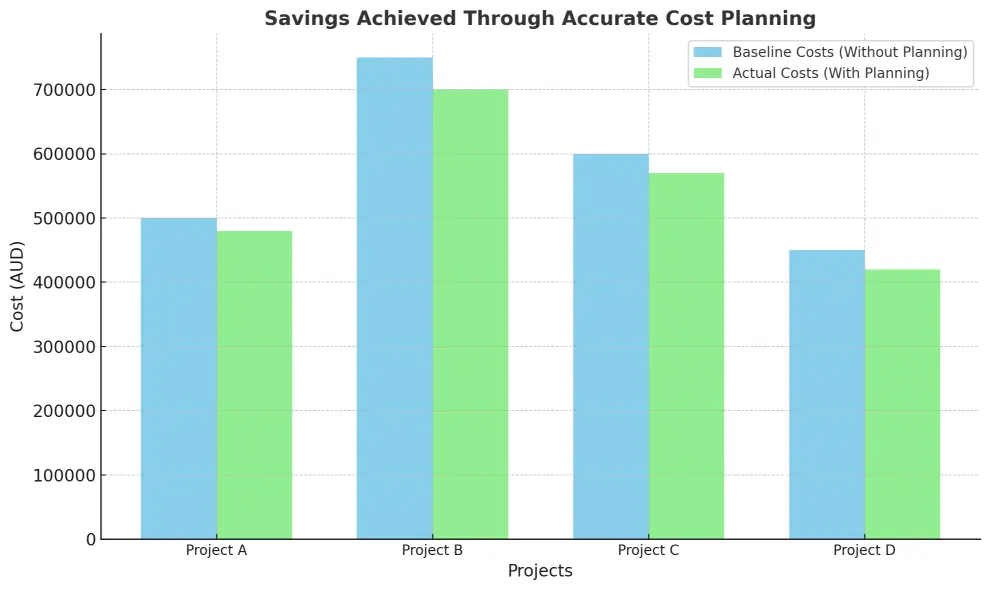
Overcoming Common Challenges in Cost Planning in Construction
Even the most meticulously planned construction projects face challenges. Accurate cost planning isn’t just about predicting costs—it’s about navigating uncertainties and adapting to changes as they arise. Here are some of the most common hurdles builders encounter and how they’ve been successfully overcome.
The Challenge of Fluctuating Material Prices
Imagine a builder in Melbourne embarking on a commercial project. Halfway through, the global steel market spikes, pushing prices up by 15%. Without real-time pricing data or a contingency fund, the project faces a budget crisis. Subcontractors demand clarity, and clients worry about potential delays.
Now, contrast this with a contractor in Brisbane. Anticipating potential price fluctuations, they use Cordell Cost Guides to monitor material costs weekly and lock in supplier contracts early. When the steel price surge hits, their project remains unaffected, maintaining both budget and timeline.
Takeaway:
Use dynamic cost planning tools and negotiate supplier contracts early to safeguard against price volatility.
Balancing Client Expectations
Clients often approach projects with set budgets that may not align with market realities. In Sydney, a residential builder faced resistance when proposing a higher budget to account for energy-efficient upgrades required by BASIX. The client initially dismissed the additional costs as unnecessary.
However, the builder presented a detailed cost breakdown, showing long-term savings from lower energy bills and avoided penalties for non-compliance. The client ultimately approved the revised budget, appreciating the builder’s transparency and foresight.
Takeaway:
Educate clients on the long-term value of accurate cost planning. Clear, data-backed communication can bridge the gap between expectations and realities.
Regional and Environmental Challenges
In Northern Queensland, a rural project encountered unexpected transport delays caused by flooding during the wet season. Without planning for these risks, the builder incurred additional costs for rerouting materials and faced weeks of project delays.
A neighboring contractor, however, planned their timeline around seasonal weather patterns. By scheduling critical tasks during the dry season and allocating a contingency fund for transport disruptions, they delivered their project on time despite similar conditions.
Rural projects often face transport delays and material availability issues due to their remote locations. Discover tailored strategies in our guide to Rural and Regional Construction Estimating.
Why Challenges Are Opportunities
The ability to anticipate and respond to challenges is what separates a struggling builder from a successful one. Accurate cost planning doesn’t eliminate risks, but it provides the tools and strategies to adapt when they arise.
Why Accurate Cost Planning in Construction is a Competitive Advantage
Accurate cost planning isn’t just a necessity—it’s a powerful differentiator in Australia’s competitive construction industry. Builders who master the art of cost planning not only ensure smoother project execution but also position themselves as leaders in their field.
1. Enhancing Credibility Through Accurate Construction Cost Plans
- Reputation for Reliability: Consistently delivering projects on time and within budget builds trust with clients and stakeholders.
- Attractive Bids: Detailed, transparent cost plans demonstrate expertise and foresight, increasing the chances of winning lucrative projects.
- Example: A Melbourne contractor won a $10M commercial contract by presenting a cost plan that accounted for labour shortages and rising material costs upfront.
2. Strengthens Client Relationships
- Clear Communication: Providing clients with realistic budgets and explaining contingencies fosters confidence in your planning and execution.
- Repeat Business: Satisfied clients are more likely to return for future projects or recommend your services to others.
- Example: A residential builder in Sydney secured two additional projects from a client who appreciated their detailed cost breakdowns.
3. Optimizing Profit Margins with Accurate Cost Planning
- Optimized Resource Allocation: Accurate planning reduces wastage of materials and labour, increasing profitability.
- Reduced Downtime: Well-planned budgets ensure materials and workers are available exactly when needed, minimizing costly delays.
- Example: A contractor in Perth completed a complex infrastructure project 10% under budget by phasing material deliveries and scheduling labour strategically.
4. Positions You as an Industry Leader
- Adaptability: Builders who can navigate challenges like fluctuating material prices and labour shortages stand out as innovative problem solvers.
- Innovation in Planning: Leveraging cutting-edge tools and dynamic cost plans showcases your ability to stay ahead of industry trends.
- Example: A contractor using CostX and Cordell Cost Guides gained recognition for their efficient approach to large-scale residential developments.
5. Boosts Competitive Edge in Bids
- Tailored Proposals: Builders with precise cost plans can customize their bids to meet specific client needs, differentiating themselves from competitors.
- Faster Turnaround: Using advanced tools reduces time spent preparing estimates, allowing you to respond quickly to tenders.
- Example: A rural builder in Queensland won a government tender by delivering a detailed cost proposal 40% faster than competitors.
In a market where delays and overruns can tarnish reputations, accurate cost planning is your safeguard against failure. By demonstrating professionalism, efficiency, and adaptability, you not only secure immediate project success but also establish yourself as a trusted partner for future ventures.
Why Accurate Cost Planning Sets You Apart
Accurate cost planning in construction is the foundation of every successful construction project. Whether you’re building in bustling Sydney or tackling remote projects in rural Queensland, cost planning equips you to navigate challenges, control budgets, and exceed client expectations.
Builders who prioritize detailed cost planning gain a competitive edge—delivering on time, within budget, and with confidence. By leveraging advanced tools, preparing contingencies, and fostering strong partnerships, you can transform risks into opportunities and establish a reputation for reliability and success.
Ready to elevate your cost planning strategy? Visit our pillar page on Construction Estimating in Australia for expert insights and tools tailored for your next project.
Contact us today to learn how our services can optimize your project’s cost planning and ensure success from start to finish.





